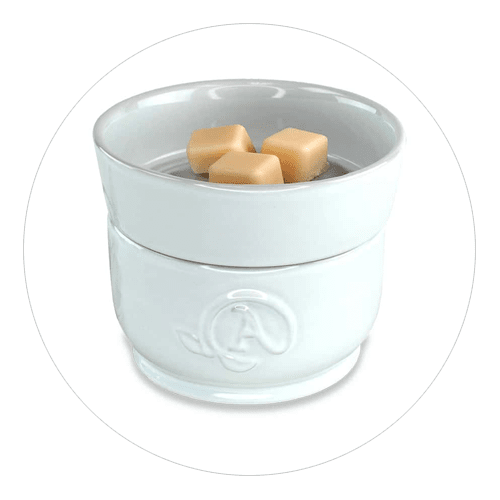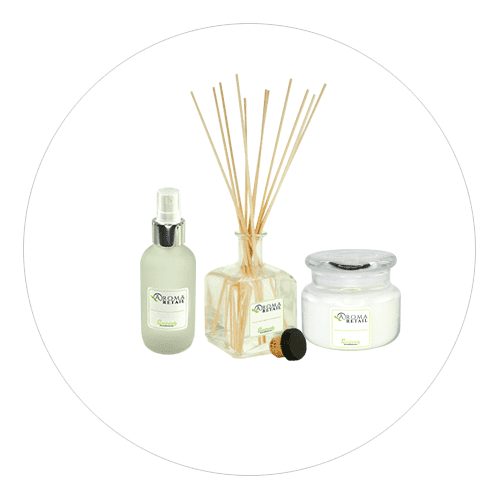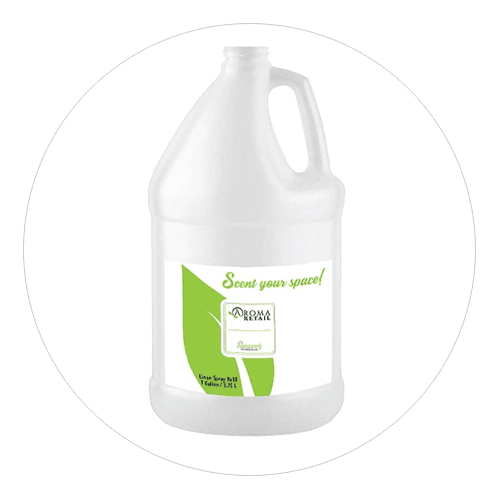The Sense of Smell
The sense of smell is the most powerful way to connect with your emotions and memories. A smell can evoke specific memories, affect people’s moods, and even influence their behavior. Smell has a strong influence on the emotions we feel in our daily lives, and the emotions we feel strongly affect the way we relate to places. Scenting has been used around the world for thousands of years and people have only recently started to realize the benefits of scenting their homes.
Science
The sense of smell is our most primitive sense and is located in the brain’s limbic system, the part of our brain that controls emotion and memory. It is the only human sense that cannot be “switched off” and works twenty-four hours a day. The sense of smell is the body’s first and most decisive tester; it instantly determines whether an environment is pleasing or not. Smells we experience play a crucial role in how we associate with memories and places.
Humans are able to recognize over 10,000 different scents. When inhaled, scent molecules travel into the nose and pass through olfactory sensors transmitting information to the olfactory bulb located in the limbic system. Since the limbic system is located in the brain, the sense of smell is closely linked to memory, emotion, and concentration.
Fragrance Standards
Our pure grade fragrance oils are free of synthetic toxins and volatile organic compounds, which means that they can be diffused in public spaces without the public’s consent because they cannot cause an allergic reaction in people or pets.
We formulate our custom fragrance solutions to be compliant to standards mandated by EPA (Environmental Protection Agency), CARB (California Air Resources Board), and IFRA (International Fragrance Association). Our fragrances contain no phthalates, no allergens (according to the Annex III of the European cosmetic guideline), and no VOCs (Volatile Organic Compounds), and use California Proposition 65 compliant ingredients. No banned ingredients according to the Annex 2 of the European cosmetic guidelines (lyral) and the Canadian Hotlist, are included.




































